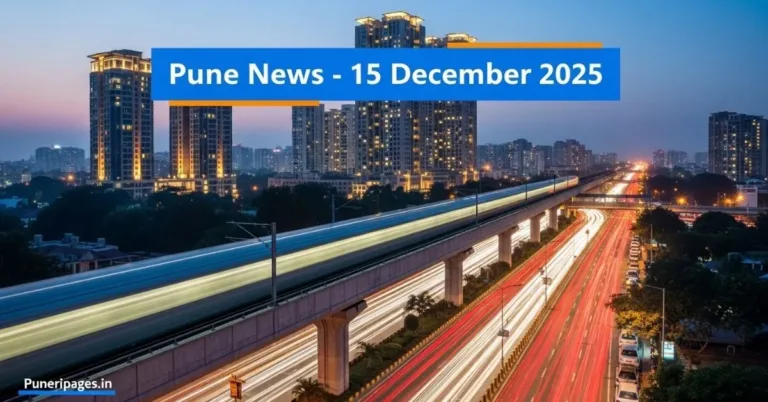
1. Role and Standards of SNCUs
Special Newborn Care Units (SNCUs) provide round-the-clock secondary care to sick and preterm infants in district hospitals, with a recommended minimum of 12 beds, trained staff, and essential equipment such as warmers, incubators, and resuscitation tools.
The National Health Mission’s Facility-Based Newborn Care guidelines stipulate bed allocation based on delivery load, with at least three beds per 1,000 annual deliveries plus 30% extra for outborn cases, making 12 beds the baseline for viability.
The FBNC guidelines also emphasize proximity to labor rooms and adequate space per bed.
2. Fire Incident and Temporary Relocation
On November 17, 2024, a blaze in the SNCU block at Aundh District Hospital forced the transfer of paediatric services into the same premises, halving bed availability from 24 to 12 due to space constraints.
The hospital’s move to a temporary location allowed critical services to continue but left the unit operating at 50% capacity.
3. Funding Delays and Renovation Halt
Hospital authorities requested a renovation grant from the District Planning Development Committee (DPDC) in January 2025, but funds have yet to be released, delaying repairs and upgrades five months after the fire.
Meanwhile, other public hospitals in Pune are seen sitting on crores of unutilised indigent care funds, raising concerns over allocation priorities.
Even the adjacent Aundh chest hospital was sealed over ₹25.75 lakh in unpaid taxes before reopening, illustrating the wider financial strain across ADH premises.
Unrelated refurbishments – painted surgical wards and roadworks completed in March 2025 – proceeded without addressing the SNCU’s urgent needs, drawing criticism from health activists.
4. Impact on Families and Referrals
With only 12 operational beds, families of critically ill newborns are often redirected to private hospitals, incurring high out-of-pocket costs; one mother reported rushing her baby to a private facility due to no available SNCU beds, adding financial strain during an already stressful time.
Studies indicate that limited public neonatal capacity correlates with increased neonatal mortality and financial hardship, particularly in low-income communities.
District hospitals like Sassoon face overcrowding due to lack of tertiary care elsewhere, compounding SNCU pressure.
5. Administrative Responses and MLA Demands
Dr Nagnath Yempalle, Pune district civil surgeon, confirmed the SNCU’s shift and capacity reduction, noting that no DPDC grant has been sanctioned despite assurances given in April 2025 that funding would be arranged soon.
Chinchwad MLA Shankar Jagtap has urged state authorities to expedite release of ₹2.28 crore for ADH infrastructure, including SNCU renovation, and has called for establishment of a super-specialty hospital on the campus.
Jagtap also highlighted that only 66% of allocated public health funds were utilised in some programmes, underscoring systemic delays.
6. Recommendations to Restore Capacity
Stakeholders recommend immediate disbursement of pending DPDC funds to complete SNCU repairs, restoring full 24-bed capacity.
It is also advised to allocate a dedicated SNCU operational budget under NHM and leverage CSR partnerships for equipment upgrades.
Implementing real-time bed-utilisation tracking via the SNCU Management Information System can prevent future service disruptions and ensure efficient resource use.






